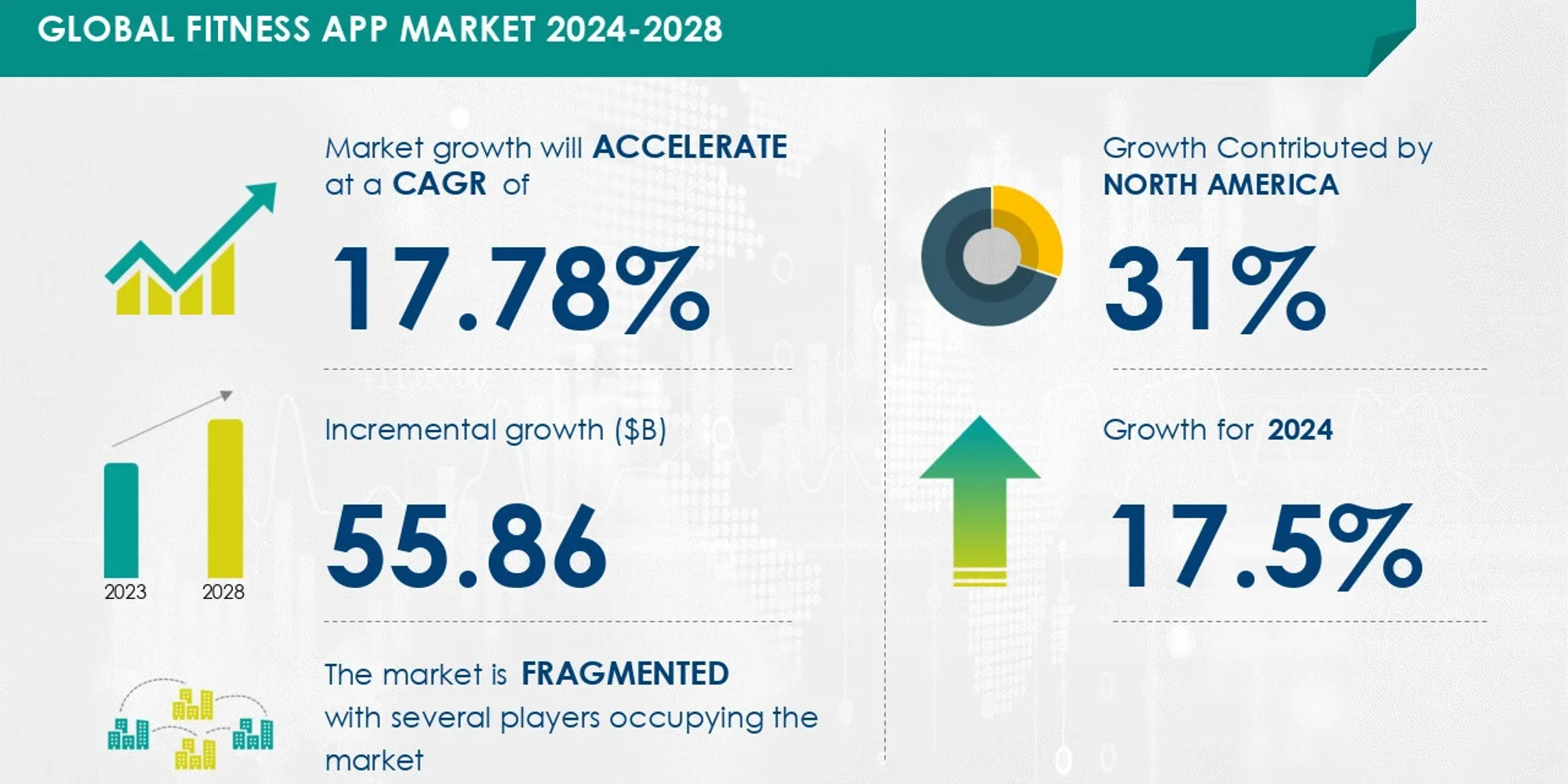World
Physical activity

Key facts
- Regular physical activity provides significant physical and mental health benefits.
- In adults, physical activity contributes to prevention and management of noncommunicable diseases such as cardiovascular diseases, cancer and diabetes and reduces symptoms of depression and anxiety, enhances brain health, and can improve overall well-being.
- In children and adolescents, physical activity promotes bone health, encourages healthy growth and development of muscle, and improves motor and cognitive development.
- 31% of adults and 80% of adolescents do not meet the recommended levels of physical activity.
- The global target set to reduce levels of physical inactivity in adults and adolescents is a 10% relative reduction by 2025 and 15% by 2030, from the 2010 baseline.
- The global estimate of the cost of physical inactivity to public health care systems between 2020 and 2030 is about US$ 300 billion (approximately US$ 27 billion per year) if levels of physical inactivity are not reduced.
Overview
WHO defines physical activity as any bodily movement produced by skeletal muscles that requires energy expenditure. Physical activity refers to all movement including during leisure time, for transport to get to and from places, or as part of a person’s work or domestic activities. Both moderate- and vigorous-intensity physical activity improve health. Popular ways to be active include walking, cycling, wheeling, sports, active recreation and play, and can be done at any level of skill and for enjoyment by everybody.
Physical activity is beneficial to health and well-being and conversely, physical inactivity increases risk for noncommunicable diseases (NCDs) and other poor health outcomes. Together, physical inactivity and sedentary behaviours are contributing to the rise in NCDs and placing a burden on healthcare systems.
Improving levels of physical activity will benefit health and well-being and contribute to attainment of global NCD targets and a number of the Sustainable Development Goals. However, this will require increased commitments and investments by Member States; innovation and contributions from non-state actors; cross sector coordination and collaboration; and ongoing guidance and monitoring from WHO.
Benefits of physical activity and risks of sedentary behaviour and inactivity
Physical inactivity is one of the leading risk factors for noncommunicable diseases mortality. People who are insufficiently active have a 20% to 30% increased risk of death compared to people who are sufficiently active. Regular physical activity is associated with:
- in children and adolescents, improved physical fitness, cardiometabolic health, bone health, cognitive outcomes, mental health and reduced body fat;
- in adults and older adults, reduced risk of all-cause mortality, risk of cardiovascular disease mortality, incident hypertension, incident site-specific cancers, incident type-2 diabetes, and falls and improved mental health, cognitive health, sleep and measures of body fat; and
- for pregnant and post-partum women, decreased risk of pre-eclampsia, gestational hypertension, gestational diabetes, excessive gestational weight gain, delivery complications, postpartum depression and newborn complications. Physical activity has no adverse effects on birthweight or increased risk of stillbirth.
Sedentary behaviour is any period of low-energy expenditure while awake such as sitting, reclining or lying. Lives are becoming increasingly sedentary through the use of motorized transport and the increased use of screens for work, education and recreation. Evidence shows higher amounts of sedentary behaviour are associated with the following poor health outcomes:
- in children and adolescents, increased adiposity, poorer cardiometabolic health, fitness, and behavioural conduct/pro-social behaviour, and reduced sleep duration; and
- in adults, increased all-cause mortality, cardiovascular disease mortality and cancer mortality and incidence of cardiovascular disease, cancer and type-2 diabetes.
How much physical activity is recommended?
The WHO Global guidelines on physical activity and sedentary behaviour provide recommendations for children (age 5 and up), adolescents, adults, older adults, pregnant and post-partum women, and people living with chronic conditions and disabilities. The recommendations detail the amount of physical activity (frequency, intensity and duration) required to offer significant health benefits and to reduce health risks. The guidelines highlight that any amount of physical activity is better than none; all physical activity counts; all age groups should limit the amount of time being sedentary; and muscle strengthening benefits everyone.
The WHO Guidelines on physical activity, sedentary behaviour and sleep for children under 5 years of age provide recommendations on the amount of time in a 24-hour day that young children, under 5 years of age, should spend being physically active or sleeping for their health and well-being, and the maximum recommended time these children should spend on screen-based sedentary activities or time restrained.
An infographic summarizes the current WHO guidelines on physical activity and sedentary behaviour for all age groups. WHO develops guidelines through an arduous process of reviewing scientific evidence and expert consultations. Preparations are already underway for the next guidelines, anticipated for publication in 2030.
Levels of physical inactivity globally
WHO regularly monitors trends in physical inactivity. A recent study (1) found that nearly one third (31%) of the world’s adult population, 1.8 billion adults, are physically inactive. That is, they do not meet the global recommendations of at least 150 minutes of moderate-intensity physical activity per week. This is an increase of 5 percentage points between 2010 and 2022. If this trend continues, the proportion of adults not meeting recommended levels of physical activity is projected to rise to 35% by 2030.
Globally, there are notable age and gender differences in levels of physical inactivity.
- Women are less active than men by an average of 5 percentage points. This has not changed since 2000.
- After 60 years of age physical inactivity levels increase in both men and women.
- 81% of adolescents (aged 11–17 years) were physically inactive (2).
- Adolescent girls were less active than adolescent boys, with 85% vs. 78%, not meeting WHO guidelines.
Many different factors can determine how active people are and the overall levels of physical activity in different population groups. These factors can be related to the individual or wider social, cultural, environmental and economic determinants that influence access and opportunities to be active in safe and enjoyable ways.
How Member States can increase levels of physical activity
The WHO Global action plan on physical activity provides policy recommendations for countries and communities to promote physical activity and ensure everyone has more opportunities to be regularly active. Examples of these recommendations include policies that ensure access to walking, cycling and non-motorized transport; that increase physical activity opportunities in schools, workplaces, childcare centres and in healthcare service delivery; and that increase accessibility and availability of community sports and public open spaces.
Implementing effective policies to increase levels of physical activity requires a collective effort, coordinated across multiple government departments at all levels, including health, transport, education, employment, sport and recreation, and urban planning. It also demands national and local engagement from nongovernmental organizations, various sectors, stakeholders and disciplines to support the implementation of policies and solutions that are appropriate to a country’s cultural and social environment. Priority should be given to policy actions that address disparities in levels of physical activity, promoting, enabling and encouraging physical activity for all.
WHO response
WHO supports countries and stakeholders to implement the recommended actions by:
- developing global policy guidance and guidelines, underpinned by latest evidence and consensus;
- supporting countries to develop appropriate policies that promote physical activity and multisectoral collaborations;
- conducting advocacy to raise awareness of the multiple benefits of increasing physical activity and support the development of economic analysis of the impact of increasing physical activity and return on investment of different policy interventions;
- developing technical tools and training packages to help countries build capacity in the implementation of policy and programmes across key settings and innovations using digital platforms including through WHO Academy courses, multi-country workshops and other knowledge exchange activities;
- convening, coordinating, and collaborating to strengthen partnerships across sectors and between policy makers, practitioners and researcher communities; and
- undertaking global monitoring and reporting of progress on implementation of the Global action plan on physical activity, global levels of physical inactivity and progress towards a 15% relative reduction in the prevalence of physical inactivity by 2030.
WHO supports countries and stakeholders to implement the recommended actions by developing global policy guidance and guidelines, underpinned by latest evidence and consensus, to help countries develop appropriate policies, investment cases and financing mechanisms.
References
- Strain, T., Flaxman, S., et al. National, regional, and global trends in insufficient physical activity among adults from 2000 to 2022: a pooled analysis of 507 population-based surveys with 5·7 million participants. The Lancet Global Health (2024).
- Guthold, R., Stevens, G., et al. Global trends in insufficient physical activity among adolescents: a pooled analysis of 298 population-based surveys with 1.6 million participants. The Lancet Child & Adolescent Health Vol. 4 Iss. 1 (2019).










